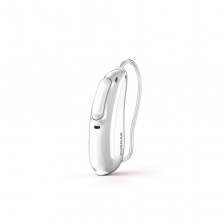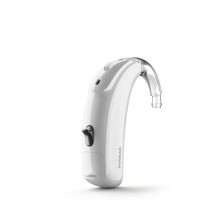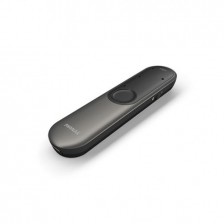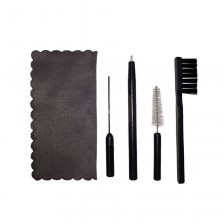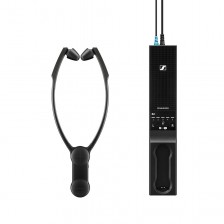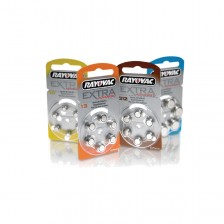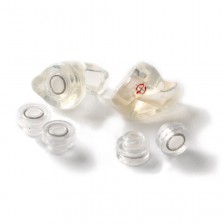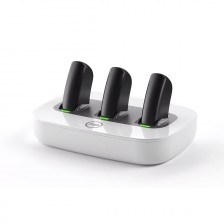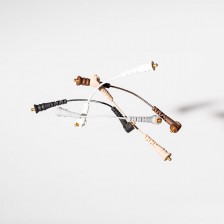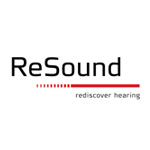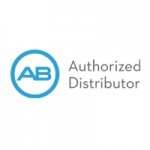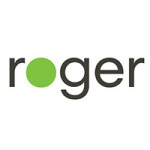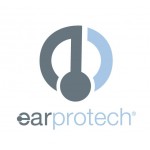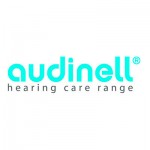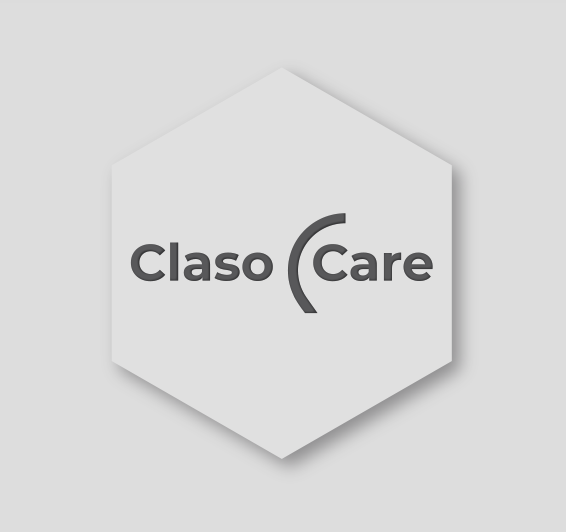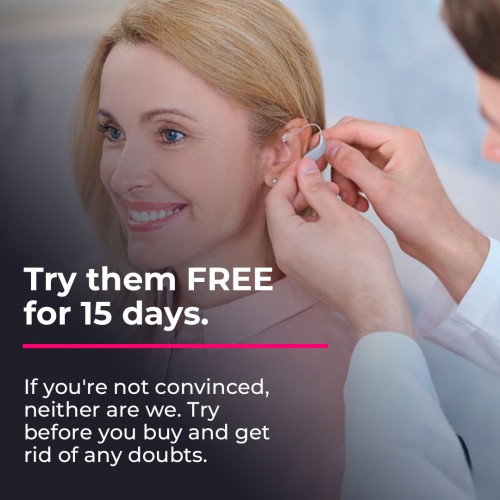How to clean your ears properly

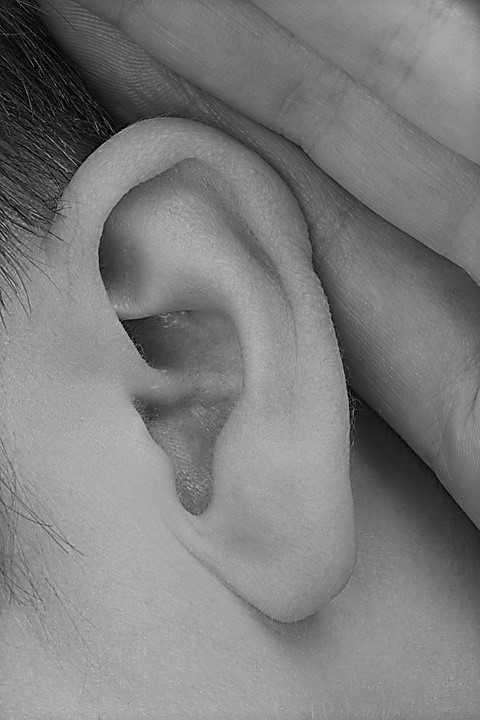
Believe it or not, one of the most frequently asked questions is about the best way to clean your ears. But before we answer, we like to remind people why we have earwax.
Earwax, or popularly called wax, is produced by the ear for several different reasons. It collects dirt, debris and bacteria, preventing unwanted foreign bodies from entering the ear. Wax also has lubricating properties to prevent the ears from drying out and itching. Finally, cerumen acts as an antifungal and antibacterial, helping to fight infections in and around our ears.
Did you know...?
Ears clean themselves
Earwax usually comes out of the ears naturally through normal jaw movements, such as talking and chewing. Therefore, most people rarely or never have to clean their ears beyond their normal bathing routine. After showering or bathing, simply remove any excess water left inside your outer ear and any possible remaining wax with a towel or cloth.
You should NOT use cotton swabs to clean your ears.
There is a saying in our field: "Never introduce anything that is smaller than your elbow in the ear". Cotton swabs can push wax deeper into our ear, causing an impact and preventing the eardrum from vibrating properly. People who use cotton swabs to clean their ears usually end up making the cerumen worse. The impact can lead to major problems.
Wax build-up is real
Each ear has a unique shape, so for some, normal cleaning methods are not effective enough and earwax can build up.
Symptoms of excess earwax include:
- Difficulty hearing
- Fullness or ringing in the ears
- Ear pain
- A smell coming out of the ear
- Dizziness
People who wear hearing aids may be more susceptible to earwax build-up because having a device in the ear can prevent earwax from coming out or leaking naturally during the day. In addition, earwax build-up is more common among older adults because the consistency of earwax changes with age.
How to get rid of excess earwax
If you think you have excess earwax, it's safest to visit your otolaryngologist, who will examine your ears to determine if you may have a wax plug and how to remove it. Your doctor may recommend a check-up every six months or annually as a preventive measure against wax build-up.
Other Safe Ear Cleaning Methods at Home
If you decide to remove wax at home, there are several safe methods you can use.
Pharmacies and certain retail stores sell over-the-counter drops that soften earwax. Mineral oil and baby oil also do a good job of softening earwax. These drops soften earwax and help the body naturally break down plugs.
We can always help
The best recommendation is to always consult a hearing care professional if you are concerned about earwax. It’s important to note that people who have diabetes, who are prone to ear infections, who may have a perforation in the eardrum, or who have compromised immune systems should be more careful and consult with a professional before attempting any treatment at home.
With these tips, you could already maintain good hygiene in your ears but if you still have any doubts, contact us. About ear infections in diabetic people, we are going to develop the subject in depth soon.


